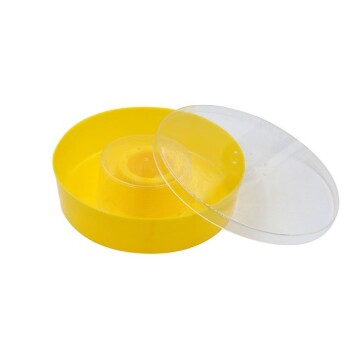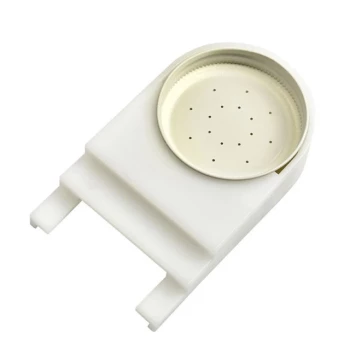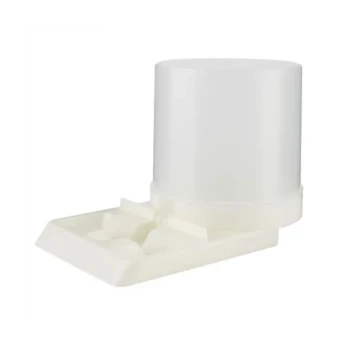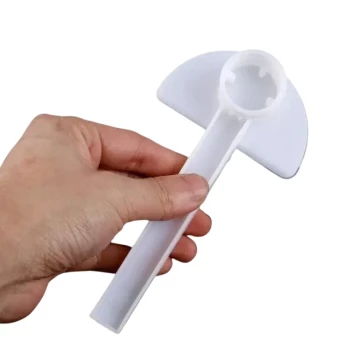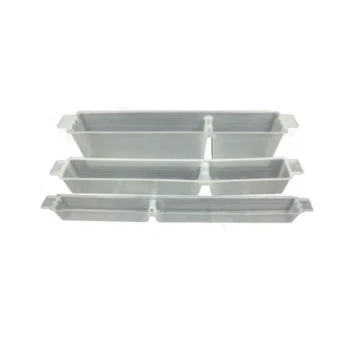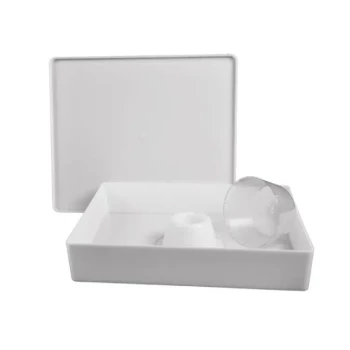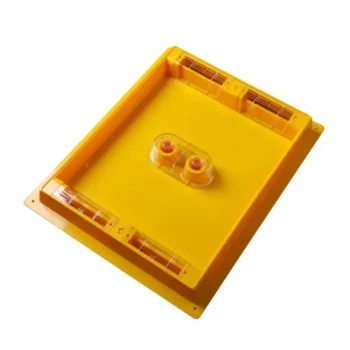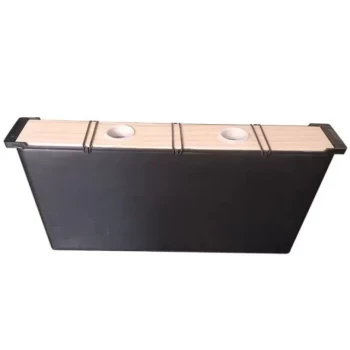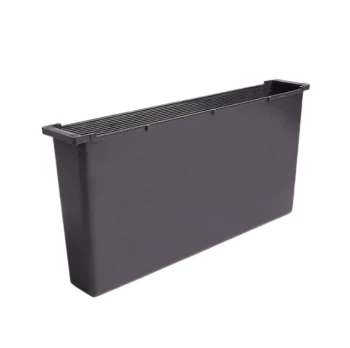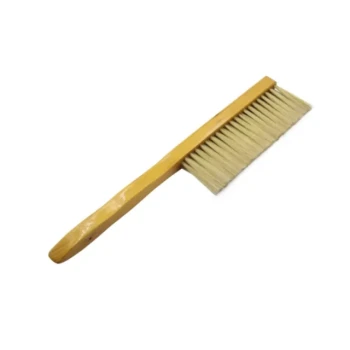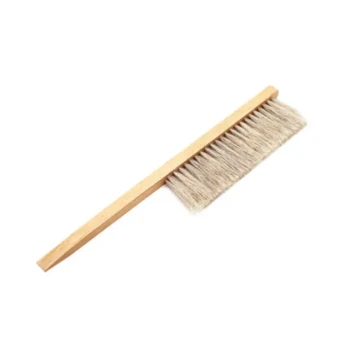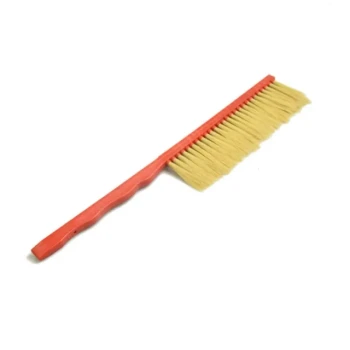The best way to feed honey bees is to provide the correct type of food—either sugar syrup for energy or a pollen substitute for protein—using a method that minimizes risk to the hive. The ideal approach depends entirely on your colony's specific needs at a given time, such as building up in spring, surviving a nectar dearth, or preparing for winter.
The most effective feeding strategy is not about finding a single "best" feeder, but about understanding why your bees need support and providing the right nutrient at the right time, safely inside the hive.
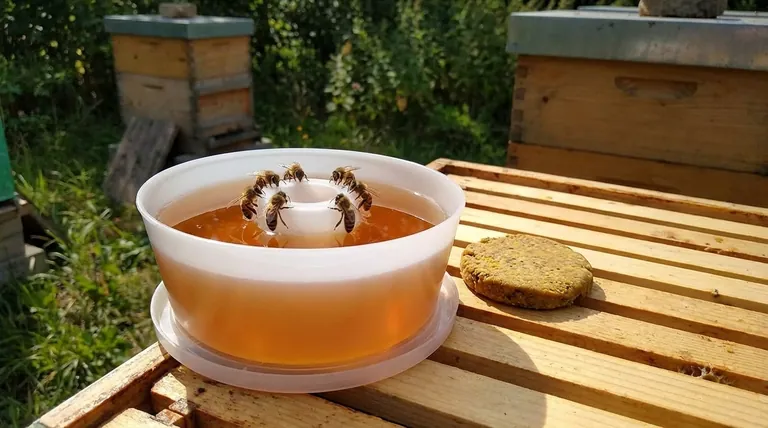
Understanding What Bees Need: The Two Core Food Groups
A healthy hive requires two distinct types of food. Your feeding strategy must match the deficiency you are trying to solve.
Carbohydrates for Energy: Sugar Syrup
Sugar syrup acts as a replacement for nectar. It provides the carbohydrates bees need for energy to draw comb, forage, and generate heat.
The most common method for feeding syrup is using an internal feeder, such as a simple mason jar feeder placed at the entrance or inside an empty hive box.
Protein for Brood Rearing: Pollen Substitutes
Pollen is the bees' source of protein and fats, which are essential for raising new bees (brood). Without adequate protein, the queen's laying rate will drop and the colony will shrink.
This is typically fed as a pollen patty, which is a dough-like mixture placed directly on the top bars of the frames inside the hive. A shim or an empty shallow box can create the necessary space.
Choosing the Right Feeding Method
How you deliver food is just as important as what you feed. The primary goal is to feed your bees without attracting pests or bees from other colonies.
Internal Feeders for Syrup
Using an internal feeder is the safest and most recommended method for providing sugar syrup. This keeps the food source contained within the hive.
This prevents robbing, a situation where bees from stronger nearby hives discover the food source and attack your colony to steal it, which can decimate a weaker hive.
Pollen Patties for Protein
Pollen patties are the standard for protein supplementation. Placing the patty inside the hive ensures your bees have direct and exclusive access.
This method allows you to deliver a controlled amount of protein that the bees can consume as needed for brood development.
Open Feeding (Use with Caution)
Open feeding involves placing food outside for bees to forage. While some beekeepers open feed dry pollen substitute, it is a less controlled method.
Never open feed with syrup or honey. It can trigger intense robbing behavior and may spread diseases between different colonies in your area.
Critical Pitfalls to Avoid
Improper feeding can do more harm than good. Understanding the risks is essential for responsible beekeeping.
Never Feed Unknown Honey
Do not feed your bees honey from a grocery store or another beekeeper. It can contain spores of devastating diseases like American Foulbrood, which can infect and destroy your hive.
If you must feed honey, only use it if it comes from your own known disease-free hives.
Know When Not to Feed
Feeding is a supplement, not a replacement for natural forage. You should stop feeding sugar syrup when you add honey supers for collection.
Continuing to feed syrup during a strong nectar flow can lead to bees storing sugar syrup in the honey supers, contaminating your honey harvest.
Treat Your Colony with Care
Remember that a new or weak colony is vulnerable. It needs ample food and protection to grow strong.
Always be calm and deliberate when opening the hive to add or check feeders. Safe and considerate handling ensures both you and your bees remain safe.
Making the Right Choice for Your Goal
Your feeding strategy should be a direct response to your colony's needs and your beekeeping goals.
- If your primary focus is establishing a new colony: Provide a 1:1 sugar syrup to stimulate wax production and a pollen patty to support rapid brood rearing.
- If your primary focus is preparing for winter: Feed a heavier 2:1 sugar syrup (two parts sugar to one part water) so the bees can store it as a food source for the cold months.
- If your primary focus is supporting a hive during a nectar dearth: Provide a 1:1 sugar syrup to prevent starvation and ensure the colony remains strong until natural nectar sources return.
Ultimately, strategic feeding is a powerful tool that allows you to nurture your bees and guide the colony toward a healthy and productive future.
Summary Table:
| Feeding Goal | Recommended Food | Best Method | Key Benefit |
|---|---|---|---|
| Establish a New Colony | 1:1 Sugar Syrup & Pollen Patty | Internal Feeder (e.g., Mason Jar) | Stimulates wax production & brood rearing |
| Prepare for Winter | 2:1 Sugar Syrup | Internal Feeder | Provides stored energy for cold months |
| Support During Nectar Dearth | 1:1 Sugar Syrup | Internal Feeder | Prevents starvation between natural flows |
| Boost Protein for Brood | Pollen Patty | On top bars inside hive | Supports healthy bee development |
Equip Your Apiary with the Right Supplies from HONESTBEE
Strategic feeding is essential for hive health, but it requires reliable, high-quality equipment to be effective. Whether you manage a commercial apiary or distribute beekeeping supplies, HONESTBEE is your trusted wholesale partner.
We supply durable, purpose-built internal feeders, pollen patties, and other essential equipment designed to support the feeding strategies outlined in this guide. Our products help you nurture stronger colonies, maximize productivity, and avoid the pitfalls of robbing and disease.
Ready to strengthen your beekeeping operation? Let's discuss your specific needs and how our wholesale-focused solutions can benefit your business.
Contact HONESTBEE today for expert support and wholesale pricing!
Visual Guide
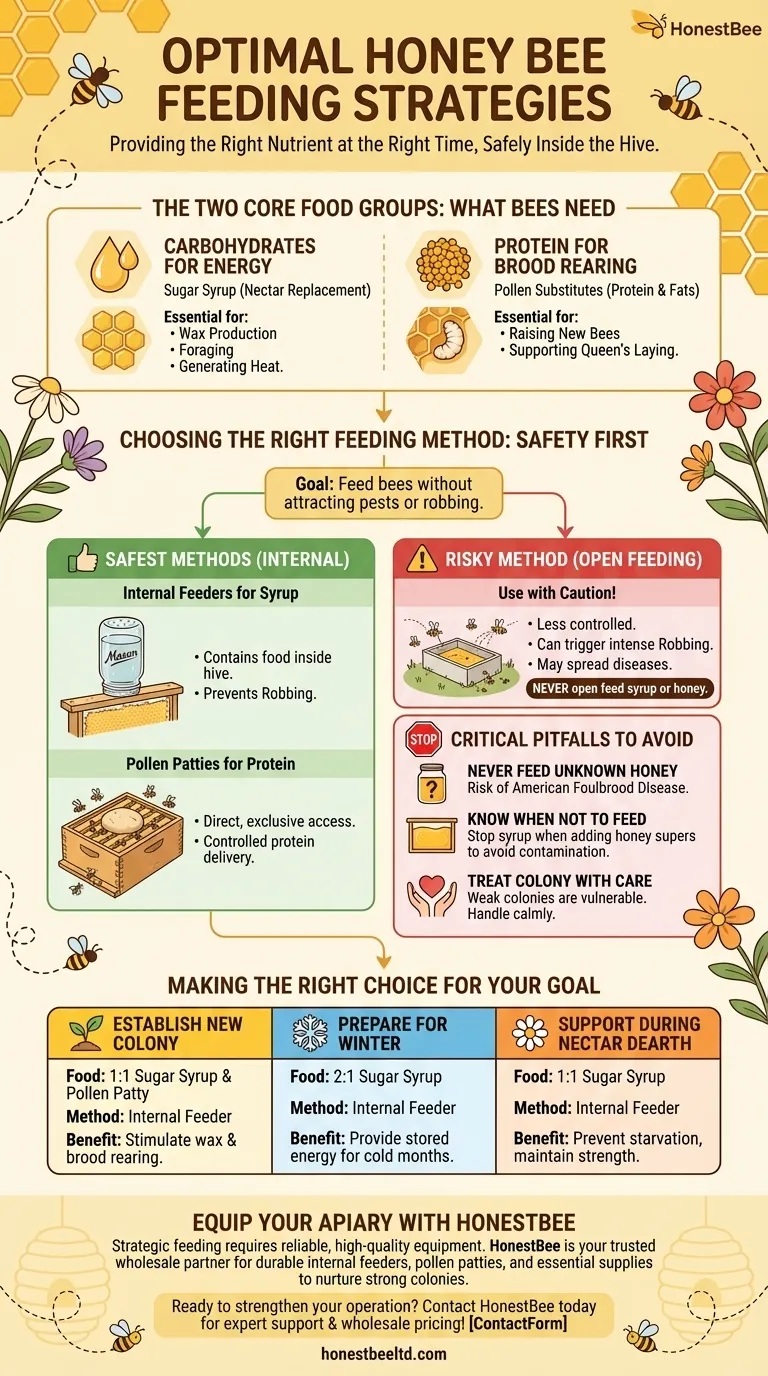
Related Products
- Rapid Bee Feeder White Plastic 2L Round Top Feeder for 8 or 10-Frame Bee Hives
- HONESTBEE Round Hive Top Bee Feeder for Syrup
- HONESTBEE Professional Entrance Bee Feeder Hive Nutrition Solution
- Classic Boardman Entrance Bee Feeder Hive Front Feeding Solution
- Boardman Entrance Bee Feeder Durable Galvanized Steel and Wood Construction for Beekeeping
People Also Ask
- Can sugar syrup contaminate the honey crop? A Beekeeper's Guide to Protecting Honey Purity
- What is the best thing to feed bees? A Guide to Supplemental Feeding for a Thriving Hive
- How do you set up and use a top feeder for bees? A Step-by-Step Guide for Safe Feeding
- Do beekeepers leave honey for bees? The Essential Guide to Sustainable Hive Management
- Can you dilute honey and feed it to the bees? Understand the Critical Risks and Safe Practices

